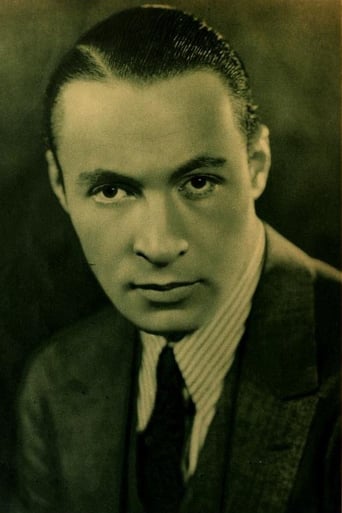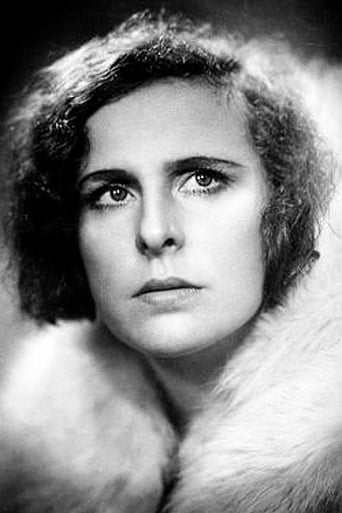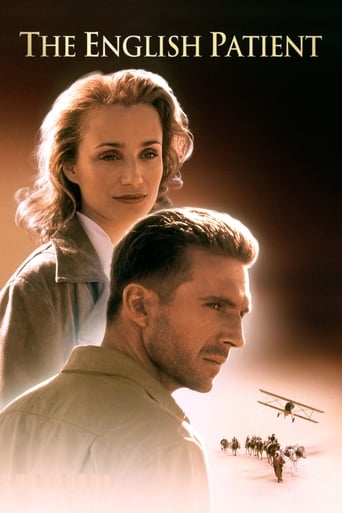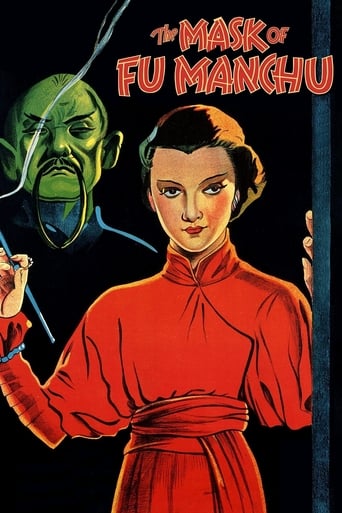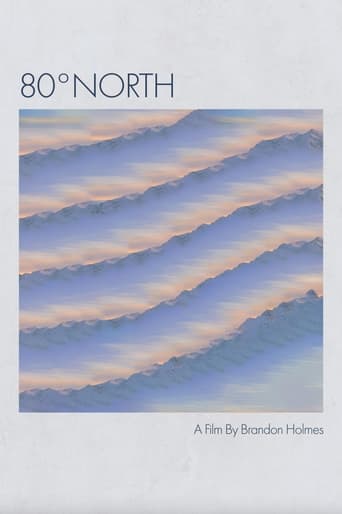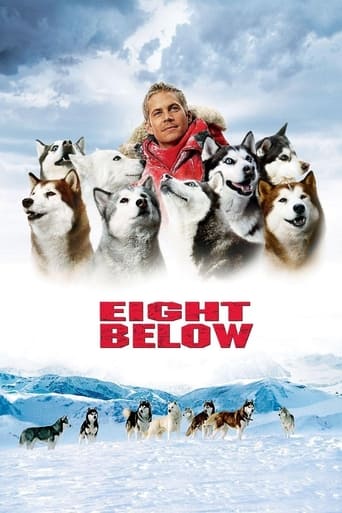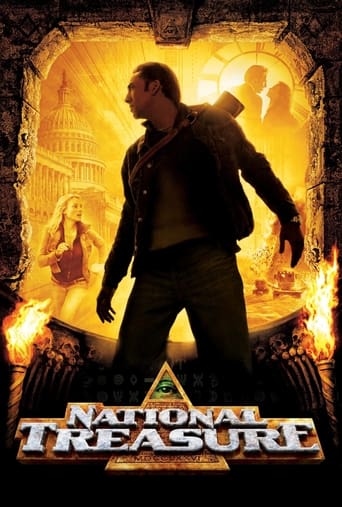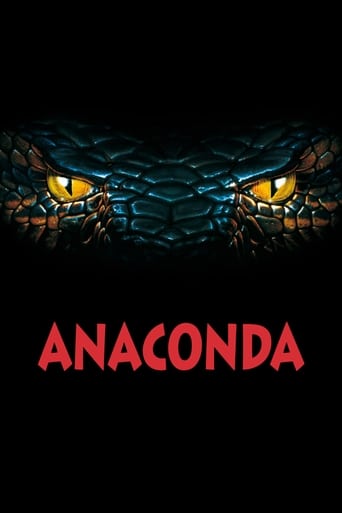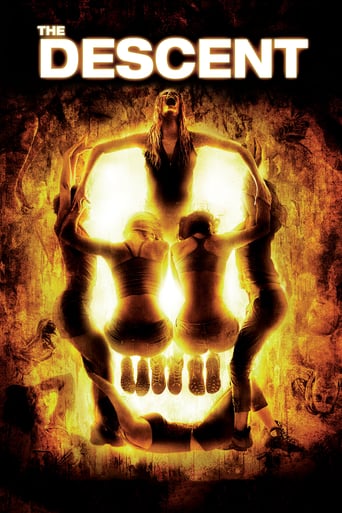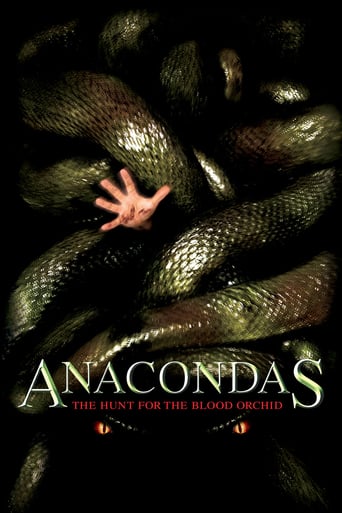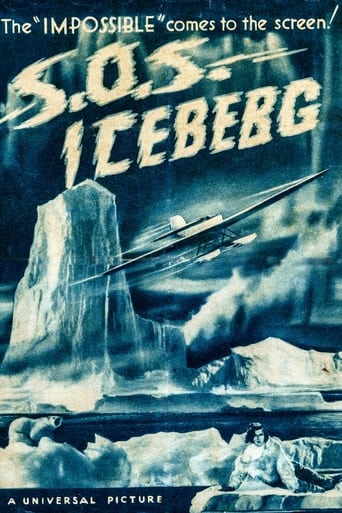
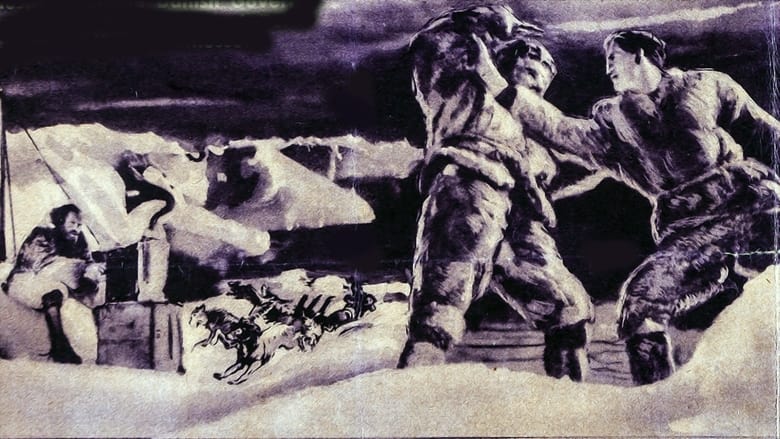
S.O.S. Iceberg (1933)
An expedition goes in search of a party lost in the Arctic the year before. This is the English language version of the German film S.O.S. Eisberg (1933), made at the same time but with a slightly different cast and released later that year. The German film is approximately 10 minutes longer.
Watch Trailer
Cast


Similar titles
Reviews
I am astonished that anyone can find these two versions equivalent in quality since the difference between them seems to be so glaring.Fanck's German version is a very handsome film, told almost entirely by the camera, of men surviving in a hostile but beautiful environment. Garnett's US version, by continually adding material shot quite patently in the studio, by enlarging the Gibson Gowland part to have a western-type bad guy makes for a completely incoherent mish-mash that entirely ruins the consistent and transfixing visual beauty of the German film and undermines its grave and melancholy tone. The beautiful work of Fanck's team is all that is interesting in the US version but it is to be seen only in patches with irrelevant and uninteresting padding all over the place. It may be only ten minutes shorter but it must lack nearly half of the wonderful footage.It is a rather typical example of the inability of the US cinema industry to make such co-productions with European film-makers or to reproduce the effects of European or Japanese films because of the almost incomprehension of the production values involved. The ghastly US version of the classic Japanese "monster film" Godzilla in the fifties shows an almost exactly similar lack of sensitivity.In general where films exist in both European and US versions or in both Japanese and US versions, the rule of thumb is clear. Ignore the US version. Even where a clear remake is involved and even when the remake is relatively well done, the US version is almost invariably worse. The Magnificent Seven is a lot of fun but it bear no comparison with the Japanese original.By contrast European co-productions of this period frequently produced two different but equally good films because there was no real cultural or cinematographic incompatibility. The French and German versions of Pabst's Threepenny Opera are both worth watching although surprisingly different as are the French and English (but not US) versions of his Atlantis. German/English co-productions were in fact common in the early thirties and produced some excellent films in both languages but this much rarer German/US collaboration produced only one excellent film and one collection of sweepings from the cutting-floor.
Dashing explorer Rod LaRoque, married to dashing aviatrix Leni Riefenstahl, gets stuck on an iceberg floating out to sea. Leni crashes her plane on that same iceberg, so she gets stuck too. Will the radio message "SOS ICEBERG" bring anyone to save them, or will they die of arctic cold and Luke-warm plot?Well, this one is odd, and not worth much of an effort, despite some breathtaking visuals. The plot, involving some reckless and stupid arctic adventurers, a series of poor decisions, and a wanton disregard for wearing gloves in cold weather, makes it impossible to care much about the fix these dingbats are in. And the last scene, involving a five mile hike/swim to an Eskimo village, is too absurd to deal with without giggling. If I am going to suspend my disbelief willingly, I need something to hold onto, and could not find it here.This is the only movie you'll find where Leni Riefenstahl speaks English. She doesn't say much, and her acting isn't too embarrassing. One imagines an alternate history where she makes a big splash (among other things, she is a looker), and stays in the US, and doesn't make Triumph of the Will. Problem is, this movie was never fated to make anyone a star. The only person who makes any attempt at stealing the film is Gibson Gowland (from Greed), whose hirsute villainy is more repellent than attractive.
This is one of the more interesting DVDs I've seen in some time--both "S.O.S. Iceberg" and "S.O.S. Eisberg" were included on the same disk from Kino. While the two films are close to being the same film (the first in English and the other in German), they are NOT exact copied of the other film. Instead, the films were made as a joint project with Universal and their German counterpart. Many of the scenes were identical and much of the cast were in both films, however, many plot points and the ending were quite different. Seeing both films, one after the other, was an unusual experience and I am thrilled that both were packaged together.Here are some ways that both films differ: 1. The German version has Dr. Lorenz alone in Greenland. Apparently he was separated from the rest of his party because he's stupid, though the film never exactly said this. Then, a meeting is held some time later to discuss the recent failed rescue attempt as well as to plan the next. In the American version, all the characters in the film meet at a meeting about Arctic exploration at a club. The entire group goes, but Dr. Lawrence wanders off and much of the film is spend looking for him. Both Lorenz and Lawrence are played by a German and an American actor (respectively).2. The film involving the initial trek across Greenland is quite different as well as the scene where Lawrence/Lorenz is discovered.3. Gibson Gowland dies slightly differently and at different times in the two films.4. Gowland shows his unstable and evil side far earlier in the American version. There's less suspense this way, but his actions later make a bit more sense this way.5. The American film (at least in its current version) is about 10 minutes shorter.6. The breakup of the iceberg occurred at a different time and was more dramatically placed in the American version.Regardless which version you see, the main plot is still basically the same and the cinematography is, likewise, wonderful in both films. It really appears that some of the differences are simply due to the film being assembled slightly differently--like they shot a lot of film at one time and divvied up some of the scenes to each film--then included a few identical scenes with mostly the same actors.So which is better? Well, neither is that much better or worse. But, if I only were to see one I might suggest the American one---especially if English is your first language. Not only that, but it being shorter is NOT a bad thing--the German version drags a bit more because more scenes of the men crossing the barren ice are included. You really get bored by this after a bit--even if the scenes were incredibly difficult to make and looked amazing.By the way, take note of the actors Ernst Udet and Leni Reifenstahl in the film. Udet was a top WWI fighter ace with 62 victories. He also was Hitler's choice for head of the Luftwaffe during WWII. However, after he and Goering blew the Battle of Britain, Udet killed himself in 1941. As for Reifenstahl, she was one of Hitler's BFFs and directed some of the most technically astute and impressive pro-Nazi propaganda films, such as "Olympia" and "Triumph of the Will". Following the war, Reifenstahl apparently told reporters and war crimes tribunals that she'd been away from Germany on vacation from 1933 to 1945 and was angry someone had been impersonating her all those years and saying all these nasty things about her--an 'innocent' lady!
This adventure is part travel documentary and part rescue drama as a small group of explorers becomes trapped on a melting iceberg off the coast of northern Greenland where this film was actually shot. Leni Riefenstahl, Gavin Gowland and other performers are merely the supporting cast for assorted glaciers and ice floes, as well as sled dogs, polar bears and various sea planes that buzz and glide over the starkly beautiful arctic vistas. The Kino DVD release includes both the German and English versions which differ in content as well as language. The German version (directed by Arnold Fanck) is superior in all respects from narrative cohesion to pictorial quality to musical scoring (it reaches positively Wagnerian levels in one powerful sequence that finds Sepp Rist trapped on ice floes amidst raging wind- driven white-capped ocean currents with massive ice formations in the background). The cinematography, by Richard Angst and Hans Schneeberger (what perfect surnames for this project!) is as stunning as anything else of its time.The English-language version, credited to director Tay Garnett, seems to move in fits and starts by comparison. Most of the dialogue is cut; Riefenstahl's few lines are clumsily inserted and the role played by Gustav Diessl in the German version is taken by Rod La Rocque who speaks barely 10 lines throughout. Gavin Gowland, well known to anyone who has seen Von Stroheim's GREED, surprises with a cultivated, rather high-pitched British accent. (In the German version he speaks a sort of baby-talk dialect and is referred to as "Fatso" by another character.)In both versions there is a beautiful scene, apparently shot in Thule, Greenland, of a whole Eskimo village, with a dog population at least as large as the human, gathering to watch a sea plane circle overhead and land. Some of the shots of human-polar bear interaction look faked but on the whole it's a visually convincing presentation, with some exciting, rapid-fire edits too.This film brings to mind TRADER HORN (1931) which also had a documentary feel and dealt with a group of explorers entering dangerous territory to search for a missing person.


